Porto, Portugal’s second-largest city, is a place where history, culture, and beauty converge. From its charming riverside districts to its famous Port wine cellars, there’s no shortage of things to see and do. Whether you’re wandering the cobblestone streets of Ribeira, savoring the city’s culinary delights, or exploring its historic landmarks, packing the right gear can make all the difference in ensuring a comfortable and enjoyable trip.
1. Porto’s Climate and How It Affects Your Packing
Weather
Porto has a temperate maritime climate, meaning that it enjoys mild winters and warm summers. However, the weather can be quite unpredictable, especially during the transitional seasons of spring and autumn. Rain is common in Porto, particularly from October to April, so it’s essential to be prepared for sudden downpours. Summers (June to September) are generally warm and dry, with temperatures ranging from 20°C to 30°C (68°F to 86°F), but it’s still advisable to pack layers, as evenings can be cool.
What to Pack for the Weather
- Rain Gear: No matter when you visit Porto, packing a lightweight, waterproof jacket is a must. I learned this the hard way during an early spring trip when the rain was relentless. An umbrella is also handy, but a good rain jacket with a hood can be more convenient when navigating the city’s narrow streets.
- Layering Essentials: Porto’s weather can change throughout the day, so packing layers is crucial. In the cooler months, opt for a mix of long-sleeve shirts, sweaters, and a warm jacket. During the warmer months, pack light, breathable clothing, but don’t forget a sweater or light jacket for the evenings.
- Comfortable Footwear: Porto’s steep hills and cobblestone streets make comfortable, sturdy footwear a necessity. I recommend packing a pair of supportive walking shoes or sneakers for daytime exploring. If you plan to visit any fancier restaurants or wine bars, pack a pair of smart-casual shoes as well.
2. Travel Documents and Essentials
Passport and Identification
Make sure your passport is up-to-date and will remain valid for at least six months after your trip. If you’re an EU citizen, you can travel with your national ID card. It’s also a good idea to have photocopies of your passport and other important documents, like your travel insurance and hotel reservations, in case of emergencies.
Travel Insurance
Travel insurance is essential for any trip, and Porto is no exception. Whether it’s covering unexpected medical expenses, lost luggage, or trip cancellations, having insurance gives you peace of mind. I’ve found World Nomads and Allianz Travel to be reliable providers with comprehensive coverage.

Local Currency: Euros
Portugal uses the Euro (€), so it’s important to have some cash on hand for small purchases, tips, or places that don’t accept cards. While most places in Porto accept credit cards, particularly Visa and MasterCard, having a bit of cash is always a good idea. I recommend using an ATM upon arrival to get a better exchange rate than you would at a currency exchange booth.
SIM Card for Connectivity
Staying connected in Porto is easy with a local SIM card. You can purchase one at the airport or in various stores throughout the city. MEO, Vodafone, and NOS are the main providers, offering prepaid plans with data, calls, and texts. I opted for a Vodafone SIM card, which provided reliable coverage throughout my trip. Having a local SIM not only allows you to use maps and stay connected with loved ones, but it also helps avoid roaming charges from your home country.
3. Essential Travel Gear
Backpack or Daypack
A comfortable, sturdy backpack is essential for exploring Porto. Whether you’re spending a day visiting museums, hiking in the nearby Douro Valley, or wandering through the city’s historic districts, a daypack will hold all your essentials. I recommend choosing a backpack with padded straps and multiple compartments for easy organization.
Power Adapter
Portugal uses the Type C and F electrical outlets, with a standard voltage of 230V. If you’re traveling from a country that uses a different plug type or voltage, be sure to pack a power adapter. I’ve found that a universal adapter with multiple USB ports is incredibly convenient for charging multiple devices at once.
Portable Charger
With so many sights to see and photos to take, your phone’s battery might drain faster than usual. A portable charger is a lifesaver, especially if you’re using your phone for navigation or translation. I always carry a compact power bank that can charge my phone at least twice before needing a recharge.
Travel Guidebook or App
While smartphones have made guidebooks somewhat obsolete, I still enjoy having a physical travel guidebook. It’s helpful for learning about Porto’s history, culture, and hidden gems that might not be covered in online articles. I used the Lonely Planet guide to Portugal, which provided detailed maps, recommendations, and cultural insights. If you prefer a digital option, apps like TripAdvisor or Google Maps offer similar features with the added benefit of real-time updates.
4. Clothing and Accessories
Seasonal Clothing
- Summer (June to September): Pack light, breathable fabrics like cotton or linen. T-shirts, shorts, sundresses, and sandals are ideal for daytime, while a light sweater or jacket is useful for cooler evenings. Sunglasses and a hat are essential for sun protection, especially if you plan to spend a lot of time outdoors.
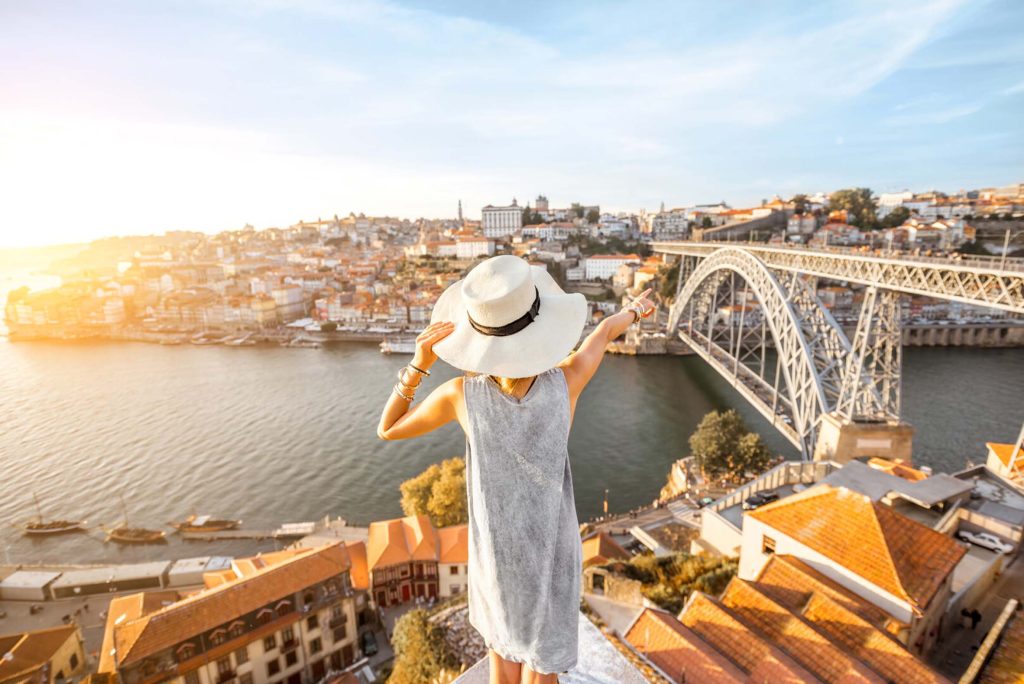
- Spring and Autumn (April to May, October to November): Layers are key during these transitional seasons. A mix of short-sleeve and long-sleeve tops, jeans or trousers, and a medium-weight jacket will keep you comfortable. Don’t forget that rain jacket, as these months can be quite wet.
- Winter (December to March): While winters in Porto are mild compared to much of Europe, it can still be chilly and damp. Pack warm sweaters, a good coat, and possibly a scarf and gloves for those windy days by the river. Waterproof footwear is also a good idea.
Accessories
- Sunglasses and Sunscreen: Even in winter, Porto can have sunny days, and protecting your skin and eyes is important year-round.
- Reusable Water Bottle: Staying hydrated is important, especially if you’re walking a lot. Porto has clean tap water, so a reusable water bottle is eco-friendly and convenient.
- Travel Umbrella: A compact travel umbrella is handy for those unpredictable showers. I prefer a lightweight, wind-resistant model that fits easily in my daypack.
5. Navigating Local Etiquette and Customs
Language and Communication
Portuguese is the official language of Porto, but many people, especially in tourist areas, speak English. However, learning a few basic Portuguese phrases can go a long way in showing respect and making connections with locals. Simple greetings like “Bom dia” (Good morning) and “Obrigado/a” (Thank you) are appreciated.
Dining Etiquette
When dining in Porto, it’s customary to greet the staff upon entering a restaurant or cafe. A simple “Bom dia” or “Boa tarde” will do. When you’re seated, you may find couvert items like bread, olives, or cheese placed on your table. These are not free, so if you don’t want them, politely decline. Tipping is not mandatory in Portugal, but rounding up the bill or leaving 5-10% for excellent service is appreciated.
Public Behavior
Portuguese people are generally polite and reserved. It’s important to maintain a respectful tone and avoid raising your voice in public places. Queueing is also taken seriously, so always wait your turn, whether it’s at a bus stop, a bakery, or a ticket counter.
A Personal Experience with Local Etiquette
During my stay, I made a mistake that taught me the importance of local etiquette. I was in a small, family-run restaurant, and without thinking, I reached for the couvert items as soon as I sat down. The waiter politely informed me that they were not complimentary, and I could choose which ones I wanted. It was a small lesson in paying attention to local customs, and I appreciated the gentle reminder.
6. Must-Visit Attractions in Porto
1. Ribeira District
- What to Do: Wander through this UNESCO World Heritage site, with its colorful buildings, narrow streets, and stunning views of the Douro River. Enjoy a meal at a riverside restaurant or take a boat tour along the river.
- How to Get There: Ribeira is easily accessible by foot from the city center or via public transport.
- Tips: Visit early in the morning or later in the evening to avoid the crowds and enjoy a quieter experience.
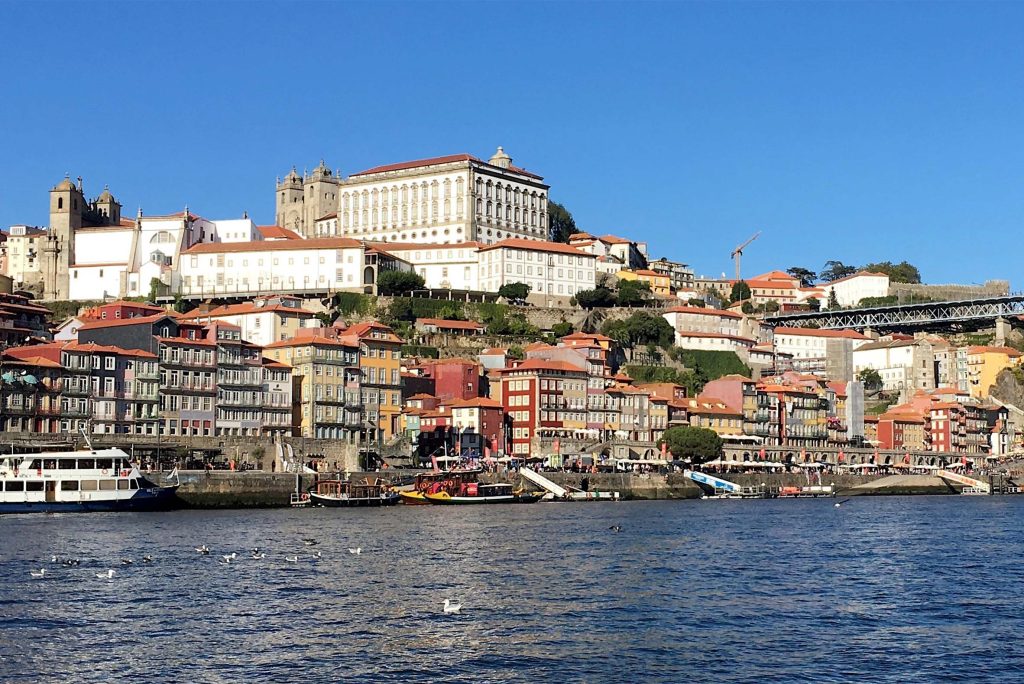
2. Livraria Lello
- What to Do: Explore one of the most beautiful bookstores in the world, known for its stunning architecture and the rumored inspiration for J.K. Rowling’s Harry Potter series.
- How to Get There: Located on Rua das Carmelitas, it’s a short walk from most central hotels.
- Tips: Buy your entry ticket online to avoid long queues, especially during peak tourist seasons.
3. Clérigos Tower
- What to Do: Climb the 240 steps to the top of this iconic tower for panoramic views of Porto.
- How to Get There: It’s located in the city center, near Livraria Lello.
- Tips: Wear comfortable shoes for the climb, and bring your camera for the incredible views.
4. Palácio da Bolsa
- What to Do: Take a guided tour of this historic building, including the stunning Arab Room, which is inspired by the Alhambra in Granada.
- How to Get There: Situated in the Infante D. Henrique Square, it’s easily accessible by foot from the Ribeira District.
- Tips: Book your tour in advance, as it’s a popular attraction.
7. Street Food and Safety Tips
Popular Street Food
- Francesinha: A hearty sandwich with layers of meat, covered in melted cheese and a rich beer-based sauce. You’ll find it at many cafes and street vendors.
- Pastel de Nata: These delicious custard tarts are a must-try, and they’re available at bakeries and street stalls throughout the city.
Food Safety Tips
- Choose Busy Vendors: Street food stalls with a high turnover of customers are likely to have fresher food.
- Check for Cleanliness: Look for vendors who maintain clean cooking and serving areas.
- Stay Hydrated: Bring your reusable water bottle to stay hydrated, especially if you’re trying spicy or heavy foods.
8. Planning Your Itinerary and Budgeting
Planning Tips
- Start Early: Begin your days early to make the most of your time and avoid crowds at popular attractions.
- Mix Activities: Combine cultural experiences, like visiting museums, with leisure activities, such as a river cruise or a walk through a park.
Budgeting Tips
- Free Attractions: Take advantage of Porto’s many free attractions, like the parks, street art, and historic churches.
- Affordable Dining: Enjoy affordable meals at local tascas (taverns) or by trying street food.
Travel Insurance
Ensure your travel insurance covers all planned activities, including any excursions or day trips outside of Porto.
Packing for a trip to Porto requires a balance between practical essentials and preparing for the city’s unique climate and culture. By packing thoughtfully, respecting local customs, and planning your itinerary wisely, you can ensure a smooth and enjoyable trip to this beautiful Portuguese city.
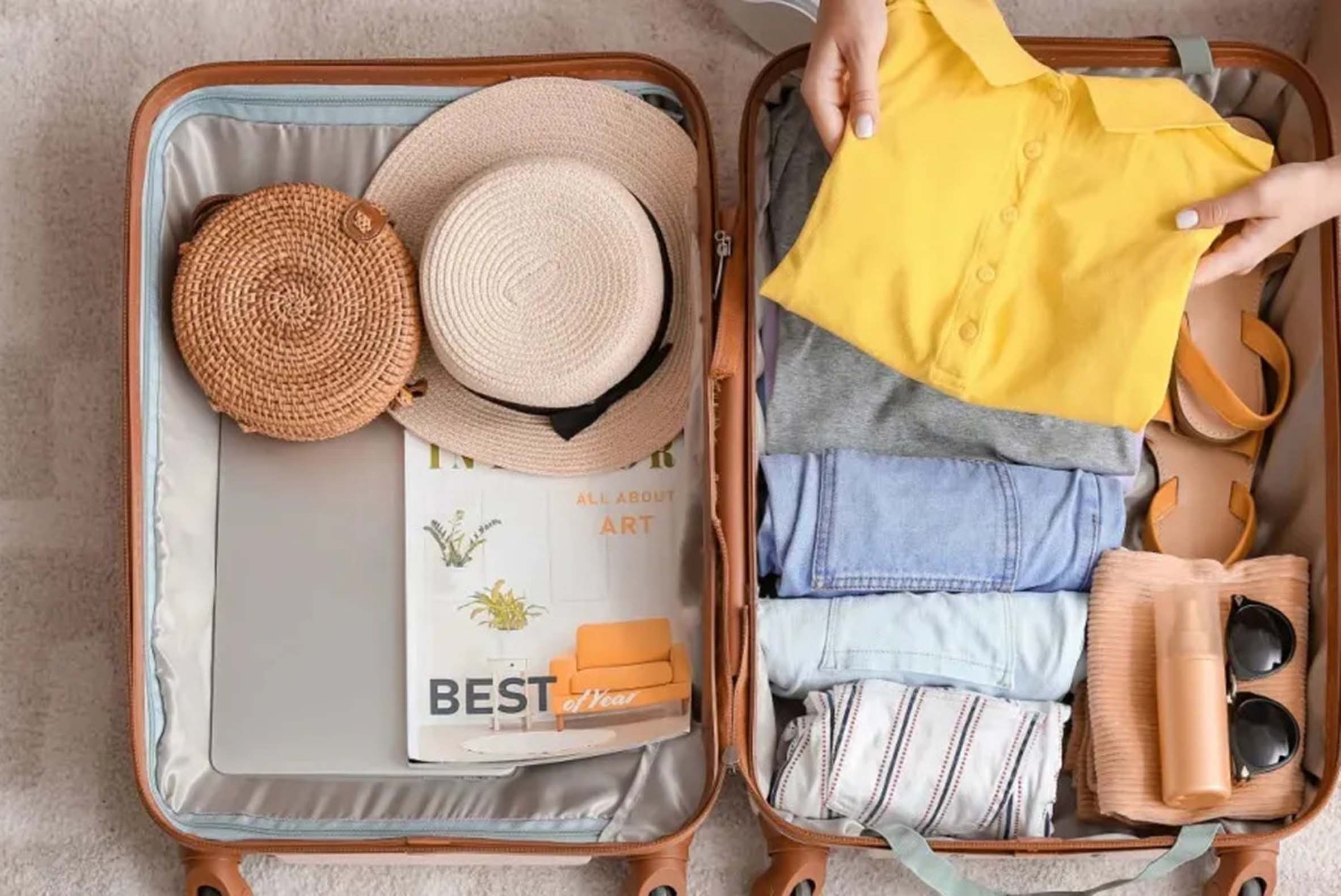

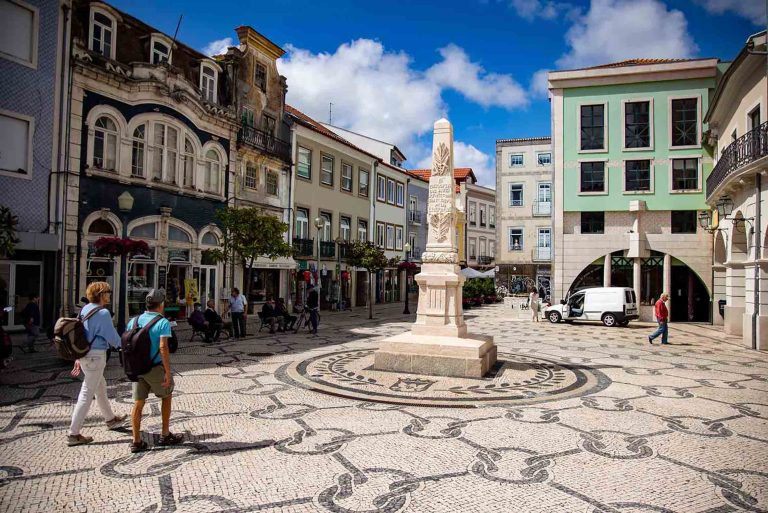

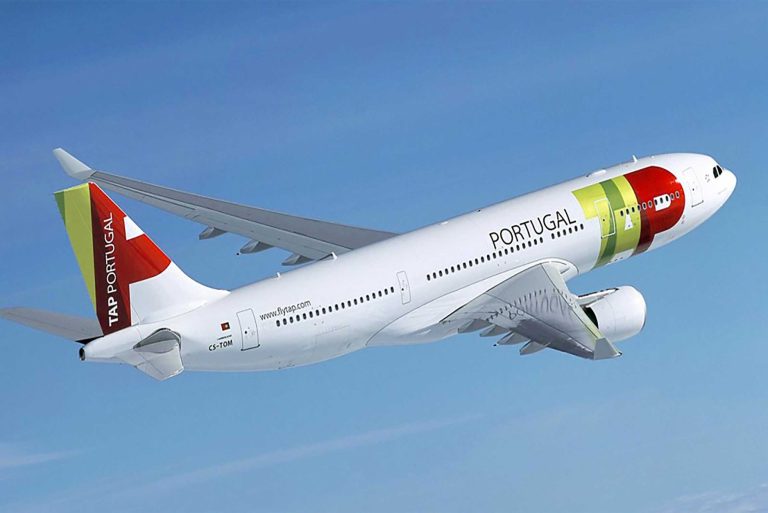



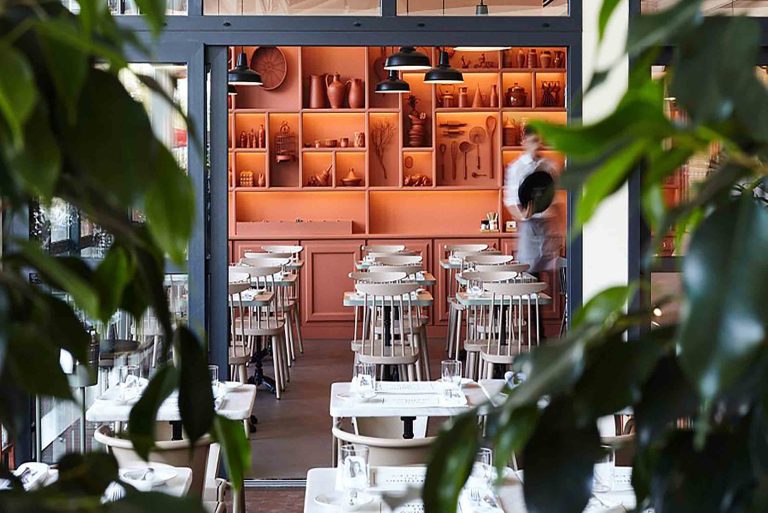
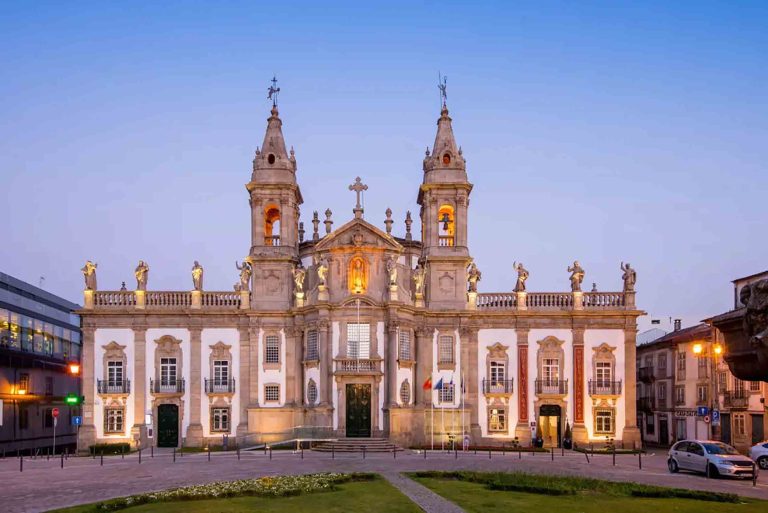
+ There are no comments
Add yours